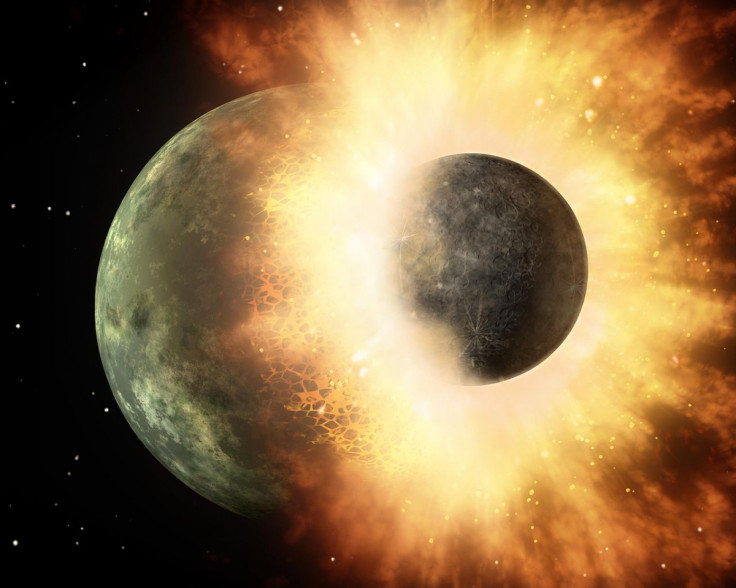Researchers Solve Mystery of Moon's Formation

German researchers claim to have solved the mystery of the formation of the Moon.
Researchers have found evidence that supports the long accepted giant impact hypothesis.
The hypothesis suggests that the Moon was formed as a result of a catastrophic collision between the Earth and a planet called Theia.
Theia, a Mars-sized body, is thought to have smashed into Earth about 4.5 billion years ago. It was named after a mythical Greek Titan, a goddess who was the mother of Selene, the goddess of the Moon.
The Moon is thought to have been formed from the debris of Theia, which collapsed on collision, and the Earth.
The study published in the 5 June issue of the journal Science suggests that lunar rocks brought by Apollo astronauts contain traces of Theia.
This is the first time that an analysis of the lunar rock samples has revealed contents of Theia, according to lead researcher, Dr Daniel Herwartz, from the University of Goettingen.
"So far, all attempts to identify the isotopic component of Theia in lunar rocks have failed," Herwartz noted in the study.
Herwartz analysed fresh basalt samples from three Apollo landing sites and compared them with several samples of Earth's mantle.
The isotopic composition of the oxygen contained in the lunar rocks differed significantly from that in the rock samples on Earth.
However, the difference in the value of the oxygen isotope measured in the Moon and Earth rocks was "so small" that it provided evidence for the long-held formation theory of the Moon.
"We have now discovered small differences between the Earth and the Moon. This confirms the giant impact hypothesis," Herwartz told BBC News.
© Copyright IBTimes 2025. All rights reserved.




















